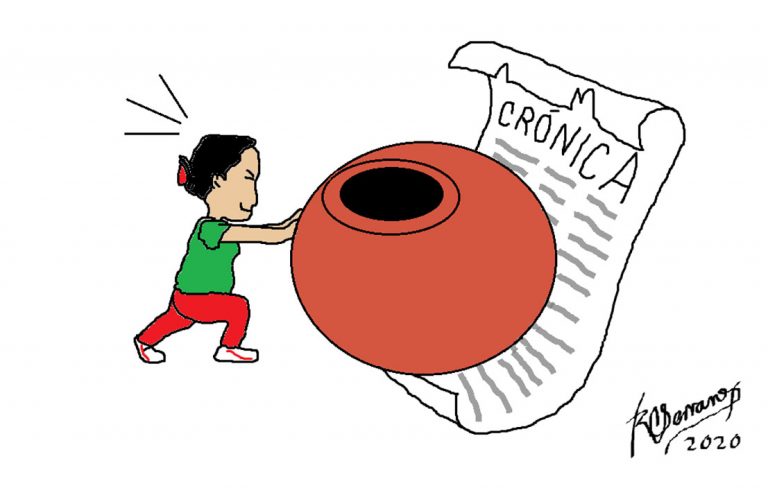I have never been able to write a chronicle about Camagüey. Every time I try, I forget all the rules of writing and all my memories become a mess. It is not due to lack of inspiration or because I am from Las Tunas or regionalist.
Perhaps it is because of the cowardice of competing with so many chronicles that have been written to this city, of saying something different from what Guillén, or Aurelia, or my classmates at the University said. Oversaturated are the romantic writings to their waterpots, their churches and their history. What could I say here that hasn’t been said before?
I could talk about his name and his triple demonyms. Perhaps, about the people: proud, cultured, in love with their city. But I would have to do a whole dissertation that is impossible in such a short space.
Much has been said about the waterpots, but it is worth this moment to admire Camagüey ceramics, the art that covers every stone in this city, and the culture that emanate its ambitious walls.
I could also write about the churches: that they are imposing, great, example of the fusion of art and religion, beautiful sanctuaries worthy of that beautiful and Camagüey virgin by evocation: the Candelaria. But everyone knows that.
What if I talk about the past of this land? It would end up with the same slogans that they repeat every day in morning meetings and events. But it would be good to remember here that Camagüey means Agramonte and that shame is a great quality to always have present in our hearts.
The region of shepherds and hats will always be that sacred space to which everyone returns in some way: it is the place where Avellaneda and Guillén where born, where Agramonte fell in love with Amalia and our country, and the homeland of Carmen and Ana; the beloved wives of magnificent men such as Martí and Céspedes.
Camagüey is more than a large piece of this Island, more than a waterpot, a church, the past and some slogans. It is more than nostalgia and romantic chronicles, more than the dream of a better city.
That is why Camagüey does not fit in a chronicle, because the colossal dimensions that it encompasses, not only geographical, but also in the memory of this chronicler, are too subjective to be touched with the eyes.
Translated by: Aileen Álvarez García






